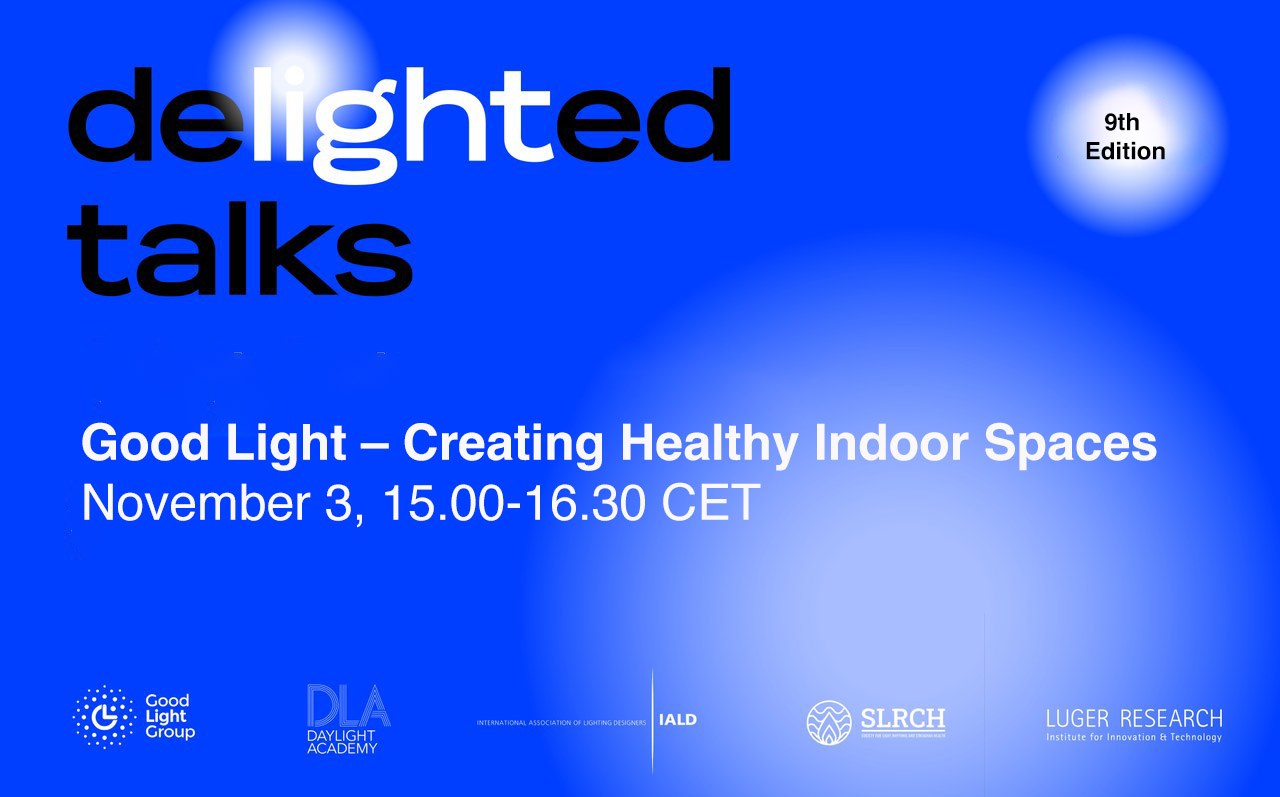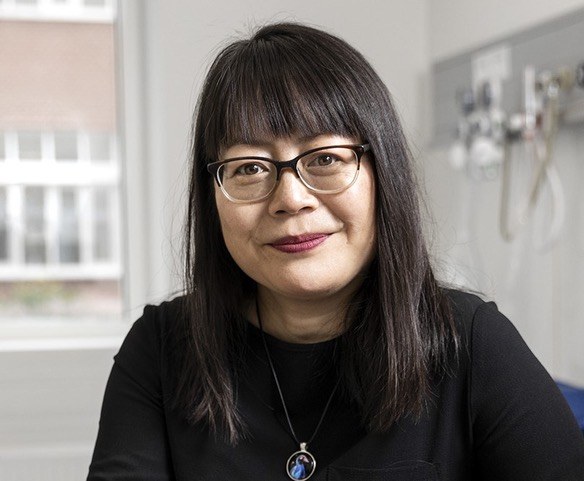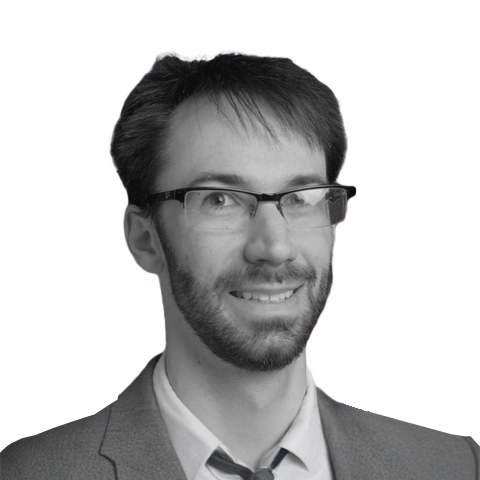DeLIGHTed Talks: Good Light – How to Create it Indoors | November 3rd, 2025 (3PM CST)
Discover how to create good indoor light at DeLIGHTed Talks #9 on November 3. With insights from IALD, WELL, DLA, SLRCH, and leading researchers, this webinar explores daylight-like conditions indoors and their impact on health, design, and circadian well-being. Join the discussion and gain perspectives from science, practice, and international thought leaders.
With an increasing evidence base that properties of daylight can positively affect people’s health and well-being, time has come to address the challenge of daylight-like conditions indoors. At present, many people spend time in spaces lit with electric lighting – at work places and in classrooms. How to design the built environment with appropriate light exposure in mind is the topic of a recent white paper by the the International Association of Lighting Designers (IALD).
During this webinar their findings will be presented and commented and contextualized by researchers and practitioners selected by the Daylight Academy, the International WELL Building Institute and the Society of Light, Rhythms and Circadian Health.
This webinar will take place during the Daylight Awareness Week 2025 (3-7 November) held under the title ‘Future Solar Societies’. Further events and information materials on how a world can be shaped by the power of the sun can be found on the Daylight Academy’s (DLA) event page.
>>> REGISTER FOR THIS EVENT HERE <<<
November 3rd, 2025 (3.00-4.30PM CST)
| Introduction | Lisa Wu | 10 min | Reykjavik Univ., Iceland |
| IALD White Paper | Kevan Shaw | 30 min | Loughborough Univ., UK |
| Expert Statement | Nathan Stodola | 5 min | City Univ. New York, US |
| Expert Statement |
Luisa Brotas | 5 min | Royal Borough of Kingston, UK |
| Expert Statement |
Johannes Zauner | 5 min | Technical Univ. Munich, Germany |
| Panel discussion |
Lisa Wu (moderator) | 30 min |
by Kevan ShawThis presentation covers the content of the similarly titled IALD white paper. It covers the current thinking on non visual effects of light and provides some practical guidance on how to incorporate this in the lighting design process. It also includes some more recent information and case studies showing how Integrative Lighting is being applied in real projects.
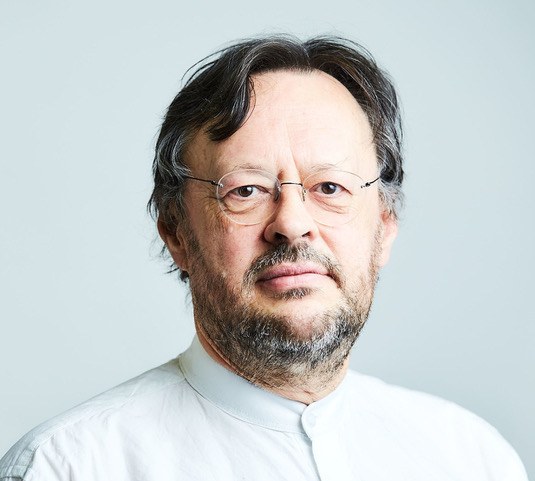
Kevan Shaw has spent his entire career in lighting. After working in stage lighting through his twenties and early thirties he established Kevan Shaw Lighting Design as an architectural lighting design practice in 1989 and remains a consultant to them. Strongly committed to the profession and sustainability he continues to serve the IALD a board member and as leader of the European Regulatory Affairs working group regularly contributing to consultations with the EU and UK policy makers and is a member of CEN standards work groups. His contribution to the profession has been recognised in the Lux Lighting Designer of the year award, a LIT lifetime achievement award and election to the IALD college of Fellows as well as many project awards over the years. He developed a strong interest in non-visual effects of light and has led the group writing the IALD white paper on Integrative lighting. He has lectured on University masters courses on lighting and frequently presents at lighting conference on various lighting topics.
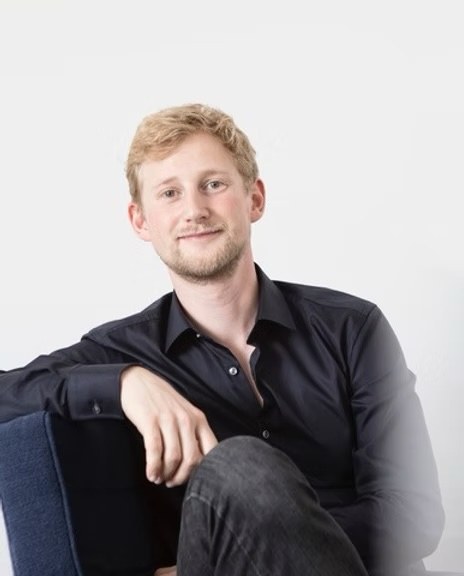
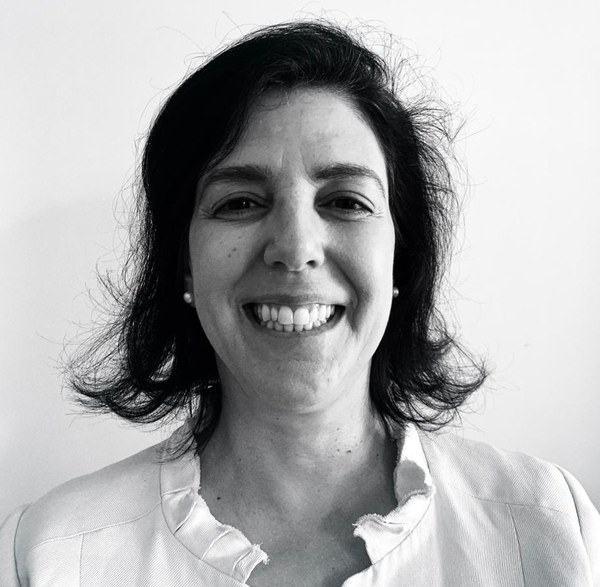
Nathan Stodola is Chief Engineer at the International WELL Building Institute (IWBI). Over the last 14 years, he has helped evolve the WELL Building Standard to improve health and well-being in over six billion square feet of real estate. His particular focus has been on Light, Sound, Air, and Thermal Comfort. In his spare time, he enjoys playing accordion and finding new bike routes in the greater New York City area.
© 2025 Luger Research e.U. – Institute for Innovation & Technology
